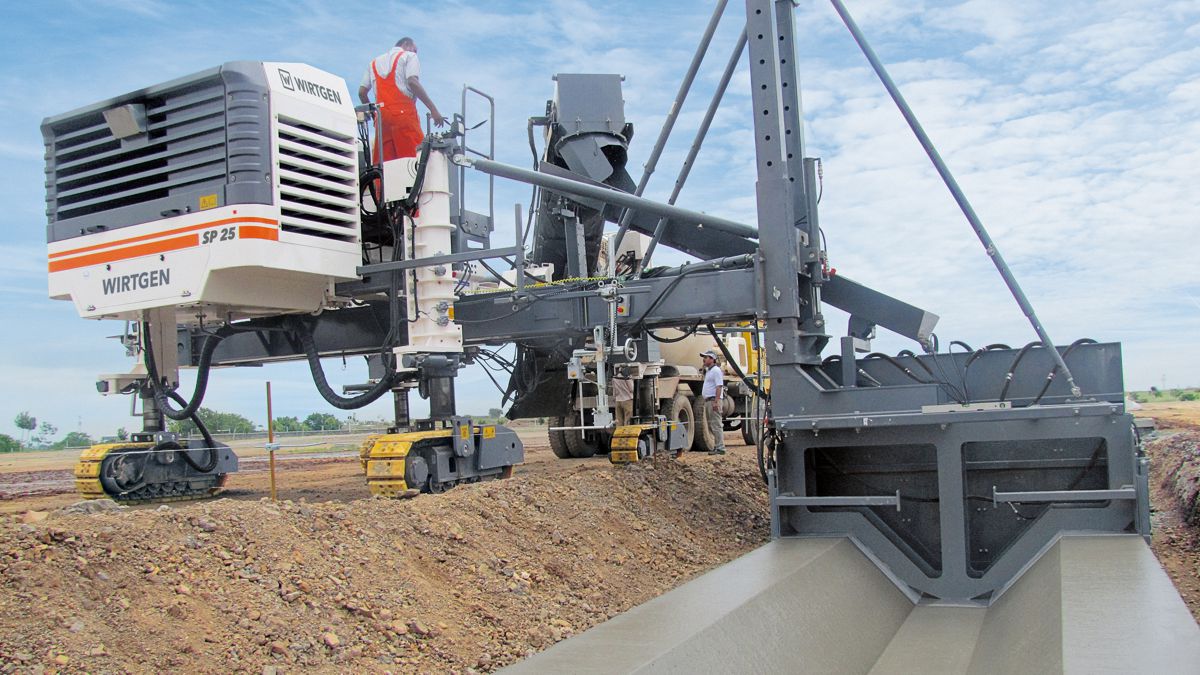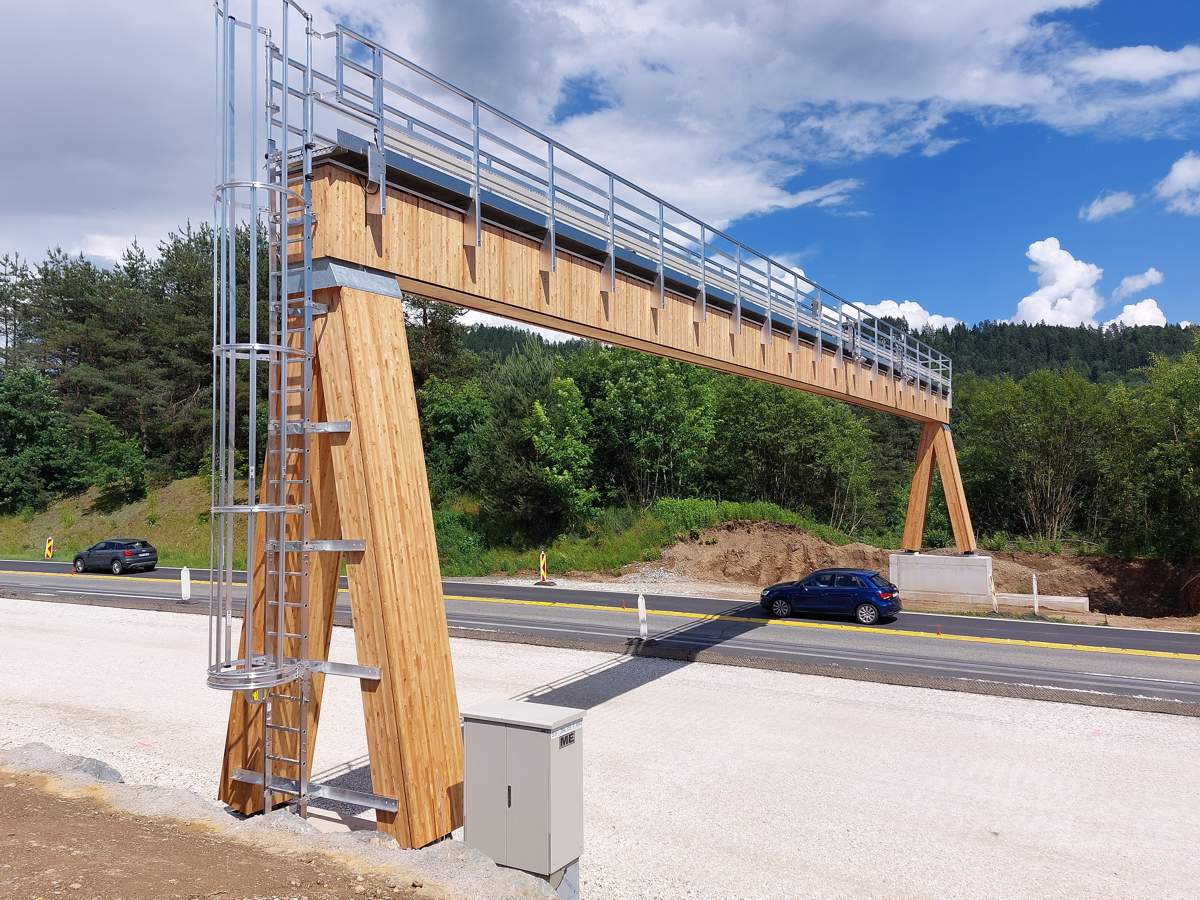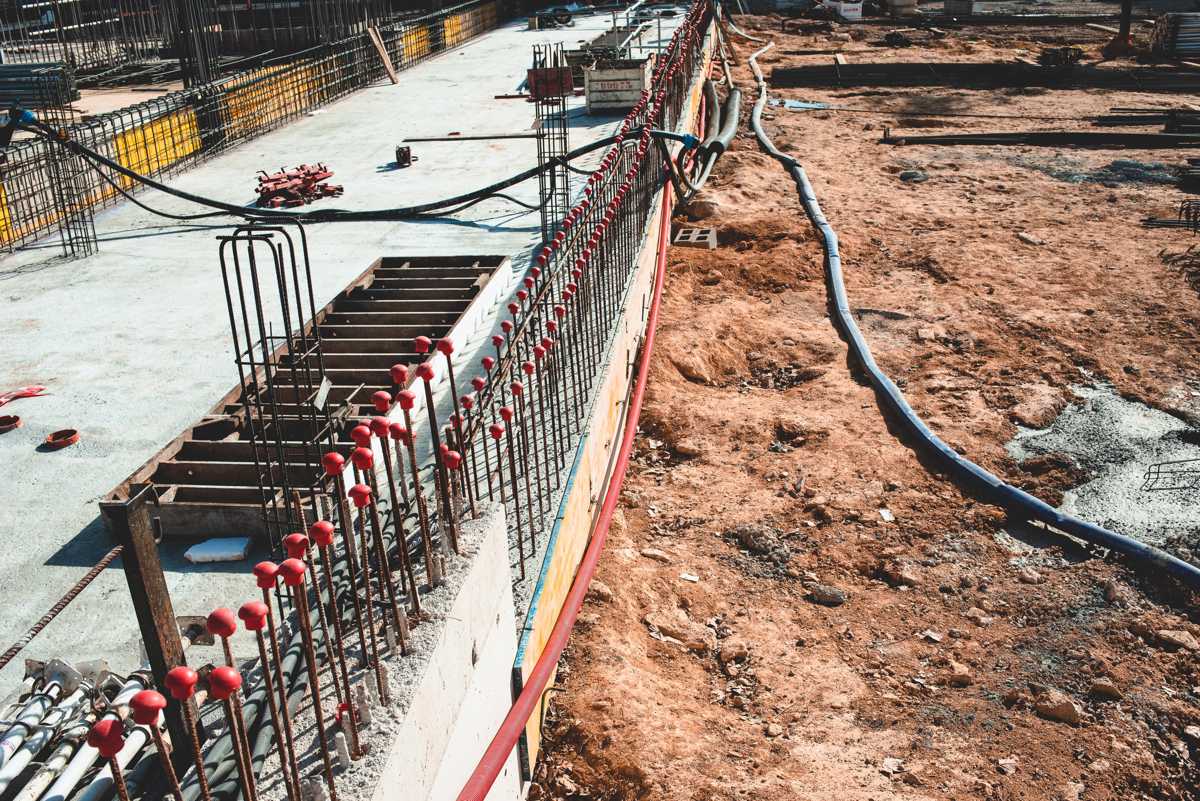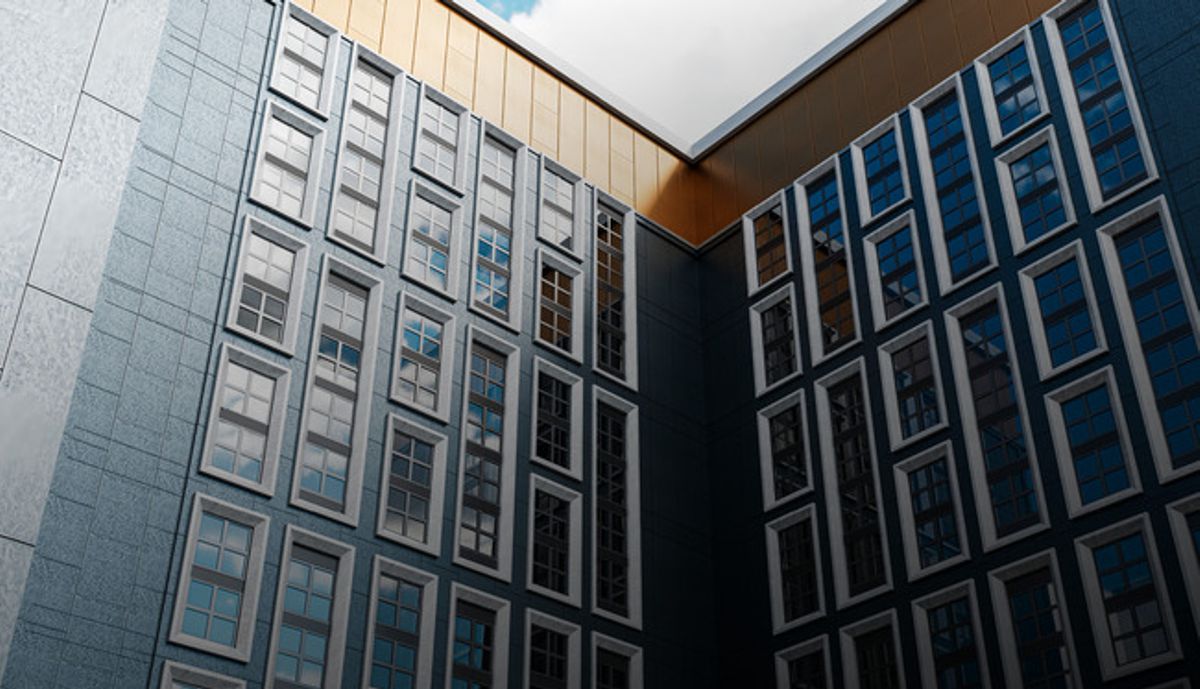Concrete monitoring innovation increases strength by 30 percent
To increase the strength of concrete, researchers are coming up with new ways to reinforce it, usually with metal structures or nanofibers. Now a RUDN University professor, along with colleagues from Iran have discovered an easier way.
Even from a conventional concrete mix, one can get a more durable material. The main point is to choose the right proportions and hardening conditions. The results are published in Buildings.
To make concrete more resistant to static and cyclic loads, it is supplemented with a “framework” – reinforcement or nanofibers. At the same time, it is still necessary to look for ways to strengthen concrete even without reinforcement. For example, it is necessary to repair old structures built of ordinary concrete. A RUDN professor with colleagues from Iran conducted a series of experiments and created an artificial neural network to calculate how to make concrete stronger without new “ingredients.”
“Concrete is a composite material of small and large aggregates, which are bonded to each other with a cementing mortar and harden. To increase the static and cyclic strength of buildings, civil engineers use reinforced concrete. Large structures such as dams and multi-storey car parks are made of reinforced concrete. However, there are still old conventional concrete structures around the world that need to be refurbished. Therefore, finding practical and inexpensive ways to increase the strength of conventional concrete is still an important task. Most of the research is outdated. Only a few researchers use new methods, such as data mining, neural network algorithms, hybrid optimization methods, and machine learning to assess the strength of ordinary concrete,” said Kazem Reza Kashyzadeh, Professor in the Department of Transport at RUDN University.
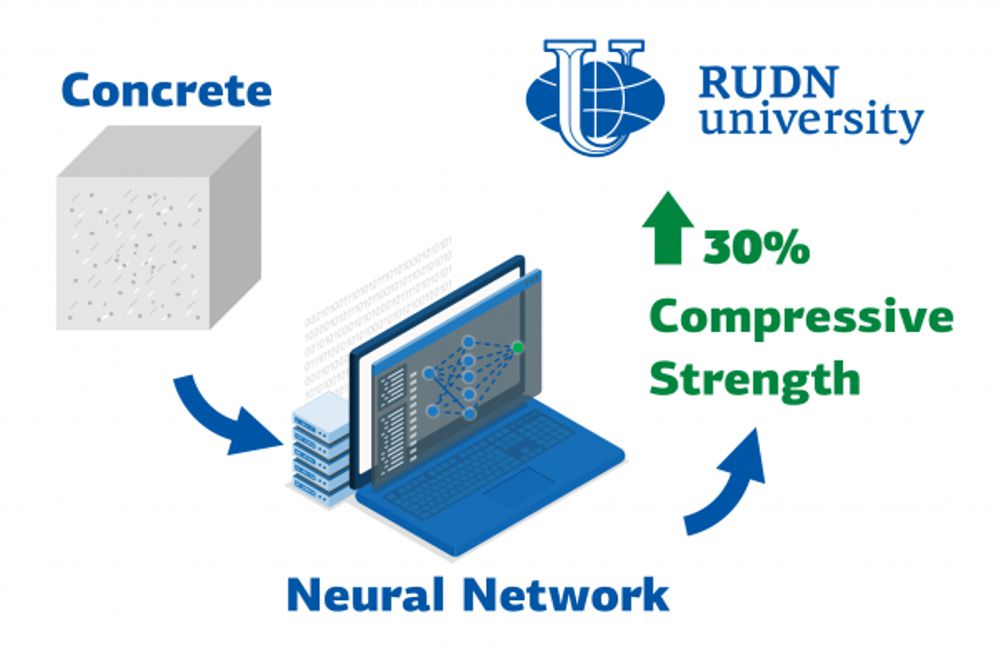
Engineers have calculated the optimal mixture parameters that make concrete as strong as possible without the use of additional elements. The strength is affected by the shape and size of the particles of the filler – crushed stone, gravel or sand – and the solidification temperature of the solution. The best shape of filler particles is rounded. Angular fractions, on the contrary, reduce strength. As the particle size increases, the strength increases. And the temperature at which the solution hardens is best kept at 10 ℃ . Thus, it is possible to achieve an increase in the strength of concrete by 30%.
For simulation, RUDN engineers created an artificial neural network using the so-called backpropagation method. To train the neural network, the researchers conducted a series of experiments with different concrete samples. Part of the experimental data was left to test the resulting model.
“We have found that in conventional concrete, the appearance of the aggregates, their size and geometry, as well as the curing conditions, have a significant impact on strength. We investigated the relationship between these parameters experimentally and obtained the best conditions for obtaining durable concrete,” said Kazem Reza Kashyzadeh, Professor in the Department of Transport at RUDN University.









